Galleries you will visit: Information Age, Mathematics: The Winton Gallery, Flight and Exploring Space
Stop 1: Pendulum – Pippard Pendulum Exhibition, Level 0
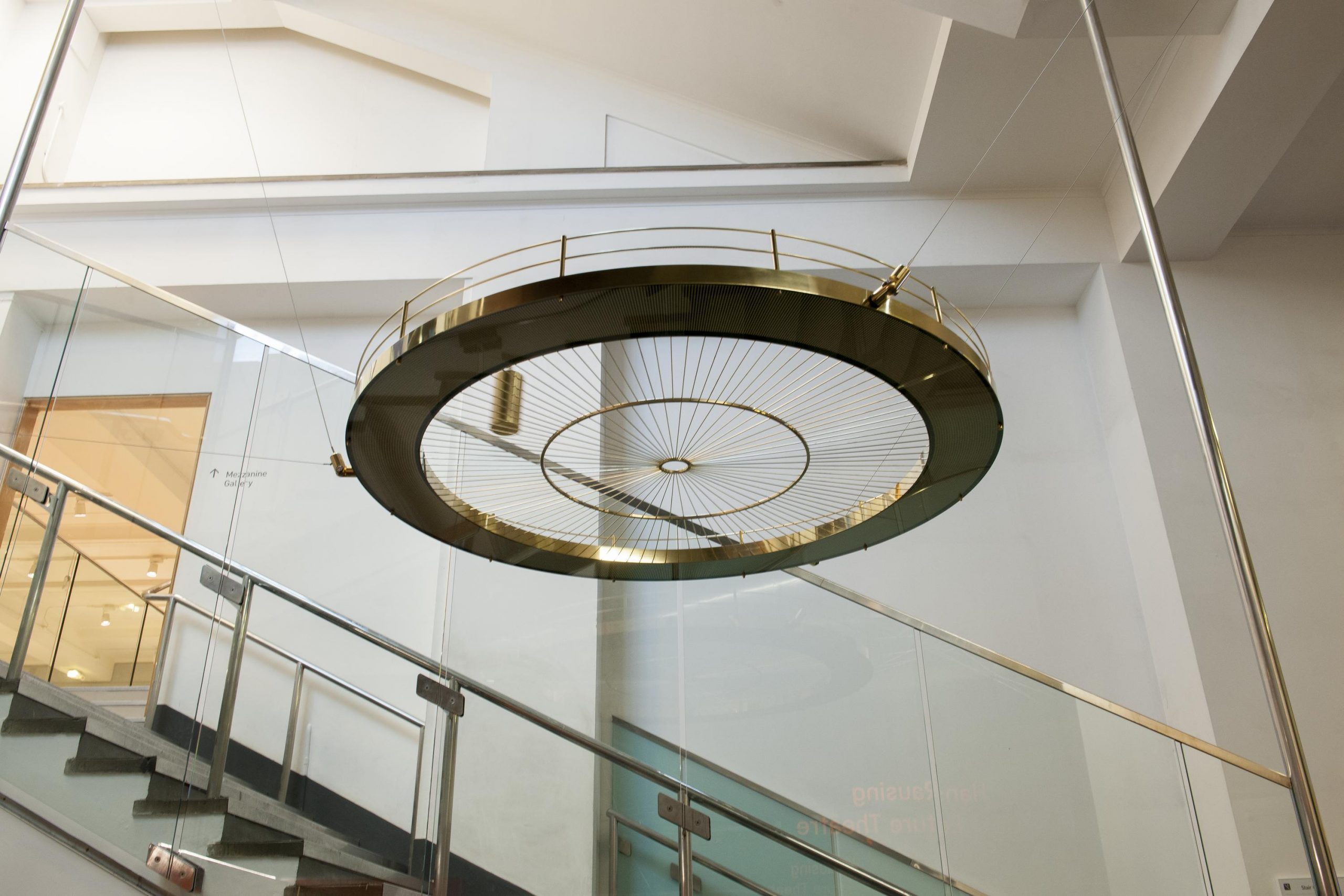
This curious object is a recreation of a famous experiment staged by Léon Foucault in Paris in 1851. If you see it again during today’s visit you might notice that the movement of the pendulum’s swing keeps rotating.
Whilst it may appear that you are stationary and the pendulum is moving, actually it’s the Earth that has moved and you with it.
Stop 2: Mathematics: The Winton Gallery, Level 2
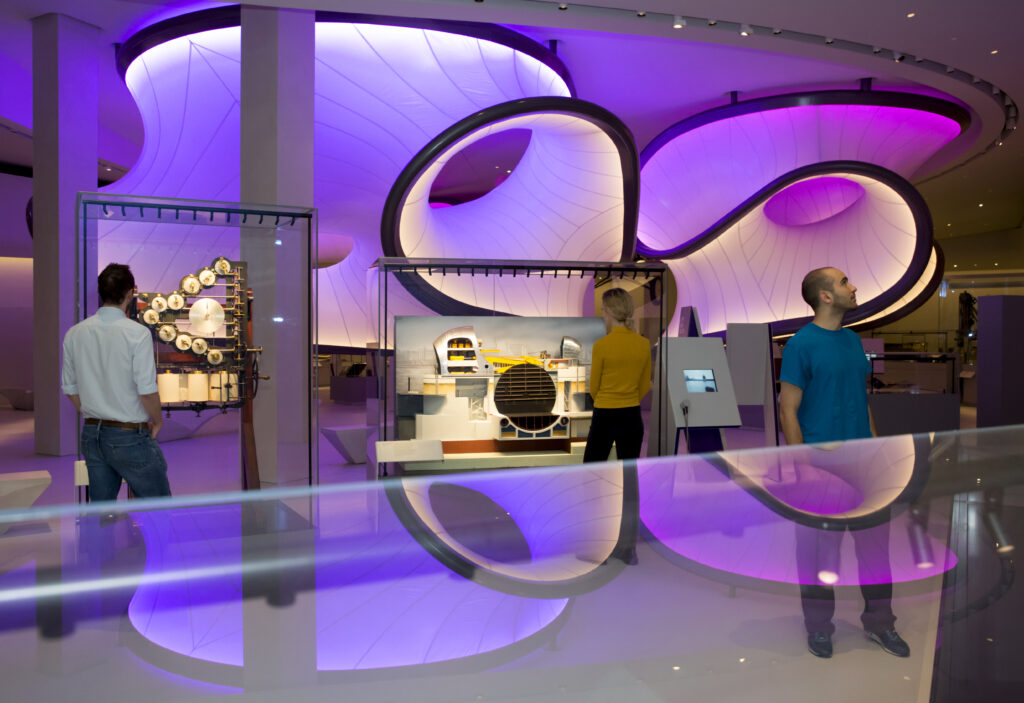
The beautiful shapes that form this gallery were designed by Zaha Hadid Architects.
Dame Zaha Hadid trained as a mathematician before studying architecture. She said “When I was growing up in Iraq, math was an everyday part of life. We would play with math problems just as we would play with pens and paper to draw. Math was like sketching”.
Her visionary design is based on the airflow currents created as an aircraft, like the one displayed, moves through the sky. It is the only museum gallery designed by Hadid in the world.
Stop 3: Electronic model of the North Sea – Mathematics: The Winton Gallery, Level 2
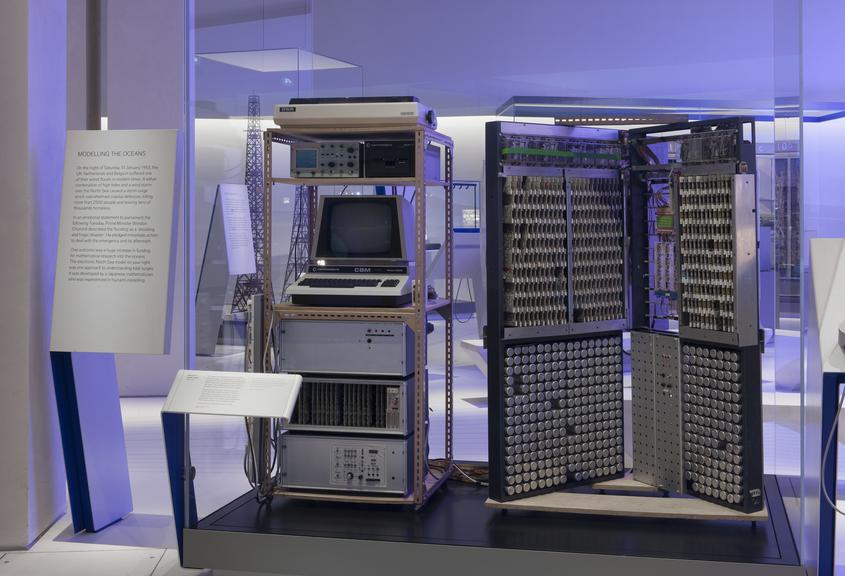
Imagine losing your home, or your life, in a flood. That’s what happened to tens of thousands of people in Britain and Northern Europe during the devastating North Sea Flood of 1953.
A few years later oceanographer Shizuo Ishiguro, father of famous novelist Kazuo, built this device to model how water motion, wind and weather effects interact in the North Sea. Better predictions of storm surges and increased flood defences helped to avoid further disasters of the same scale.
Stop 4: ARM1 microchip – Information Age, Level 2
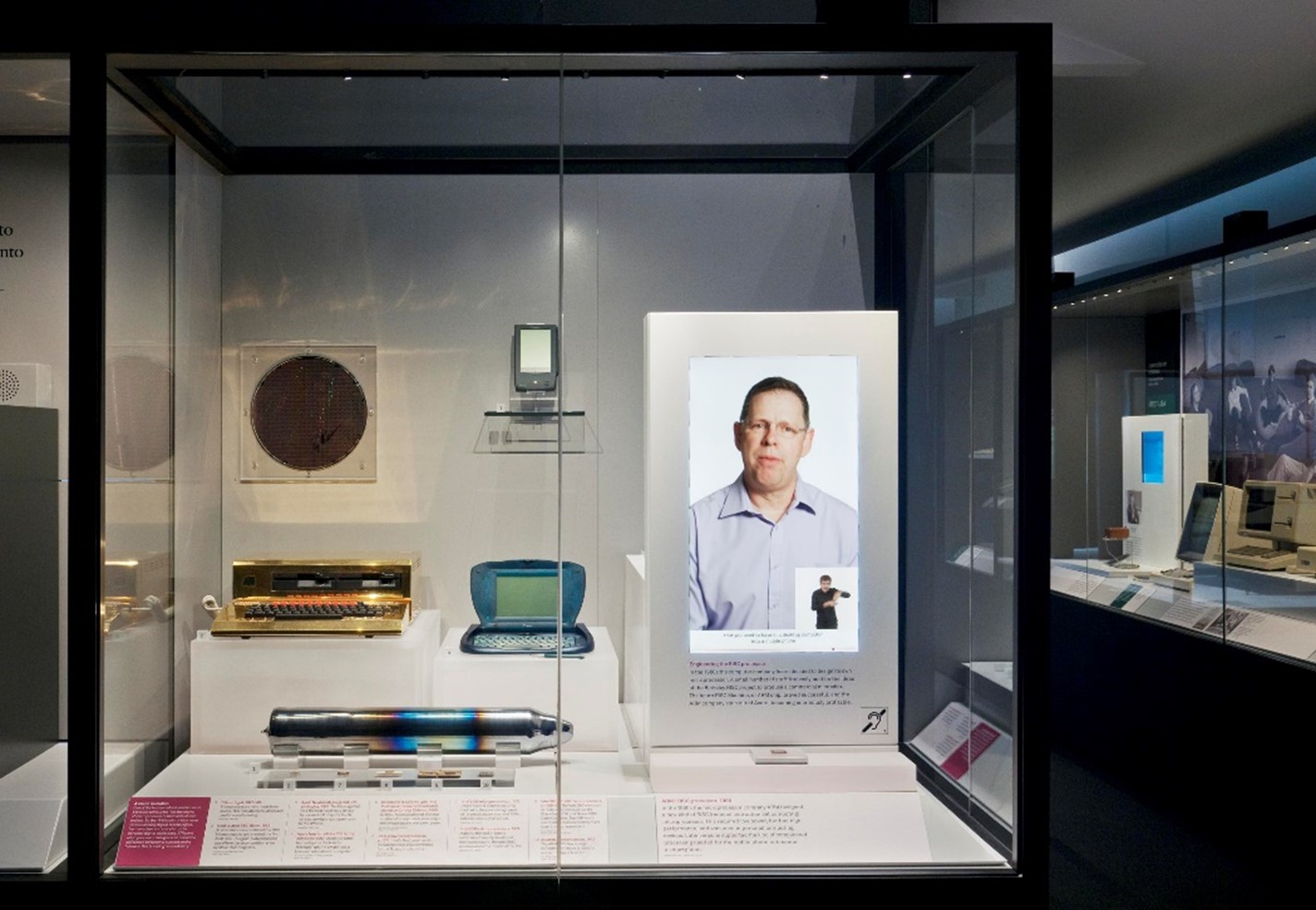
Leave Mathematics: The Winton Gallery and enter Information Age. This gallery tells the story of how our lives have been transformed by information and communication technologies.
Go to your right as you enter the gallery to the Cell section. There are lots of intriguing objects to explore, can you find Sophie Wilson and Steve Furber’s small ARM1 microchip?
Following our curiosity has never been easier. Smartphones have changed the way we live, and it’s hard to remember how we discovered new information or communicated with our friends and family without them.
It’s all made possible by tiny microchips which efficiently provide abundant computing power while demanding comparatively little energy. On display is one of the first chips made for the mass market.
Stop 5: Braille radio – Information Age, Level 2
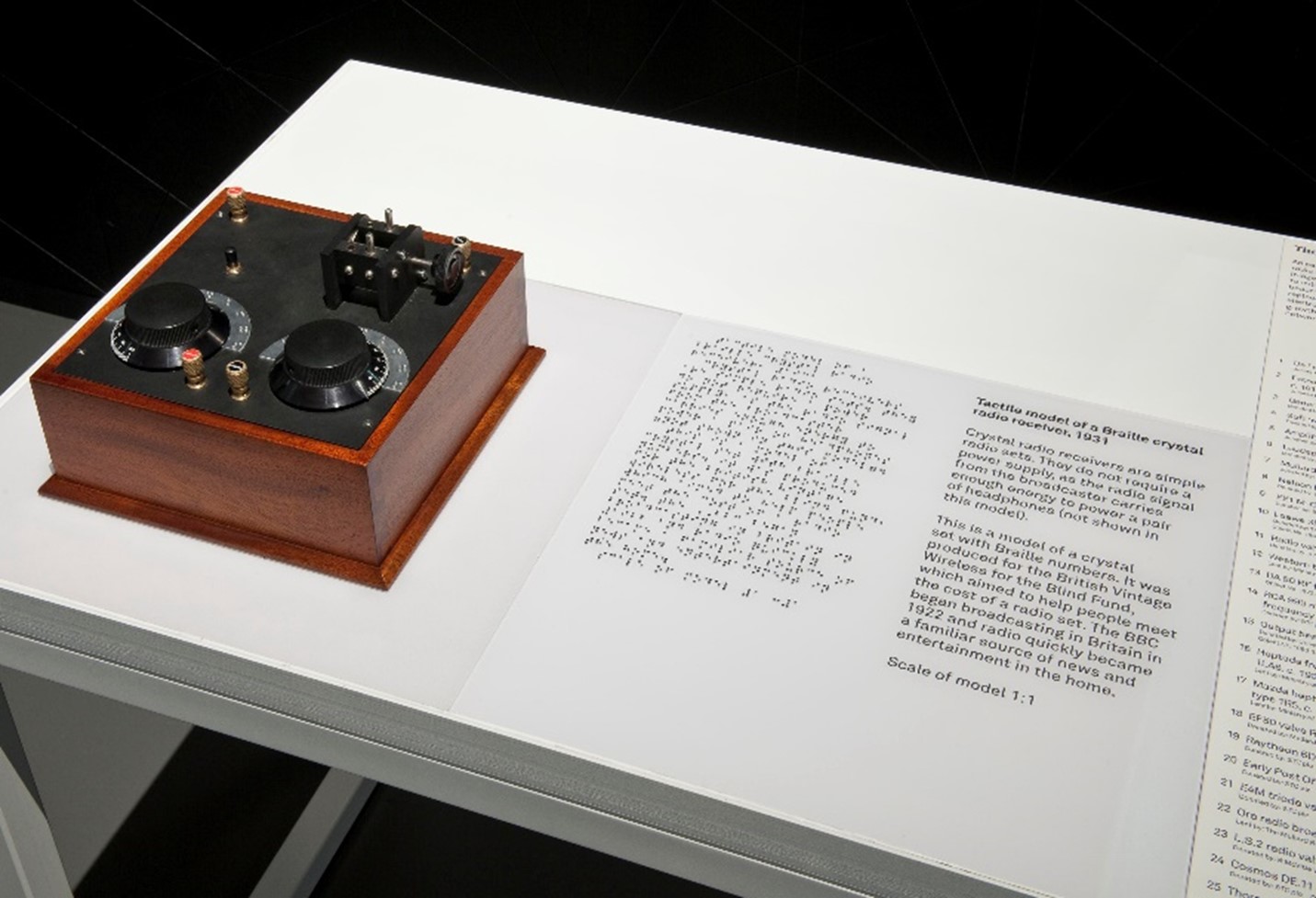
Head to the centre of the gallery and look to your left where you will spot a Braille Radio on a white table under the Broadcast wall.
What technology do you use for entertainment and to check the news? In the 1920s most people enjoyed listening to the radio. This radio was supplied by The British Wireless for the Blind Fund, which was set up by Captain Sir Beechcroft Towse.
Towse was a member of the armed forces who lost his sight in 1900 during the Boer War.
What technologies do you use to make everyday tasks easier?
At the end of the gallery, go up staircase E or take lift E to Level 3 and enter Flight.
Stop 6: Engine from Concorde – Flight, Level 3

On the left as you enter the gallery you will see a large Engine from Concorde sitting in a yellow metal frame.
Creating a new technology, like this supersonic engine, relies on the expertise, dedication, and hard work of thousands of people. Using four of these engines the Concorde planes could reach a whopping speed of 1300 mph – twice the speed of sound. This one was tested on both the French and British prototypes of the supersonic airliner.
Stop 7: Amy Johnson’s Gipsy Moth ‘Jason’ – Flight, Level 3
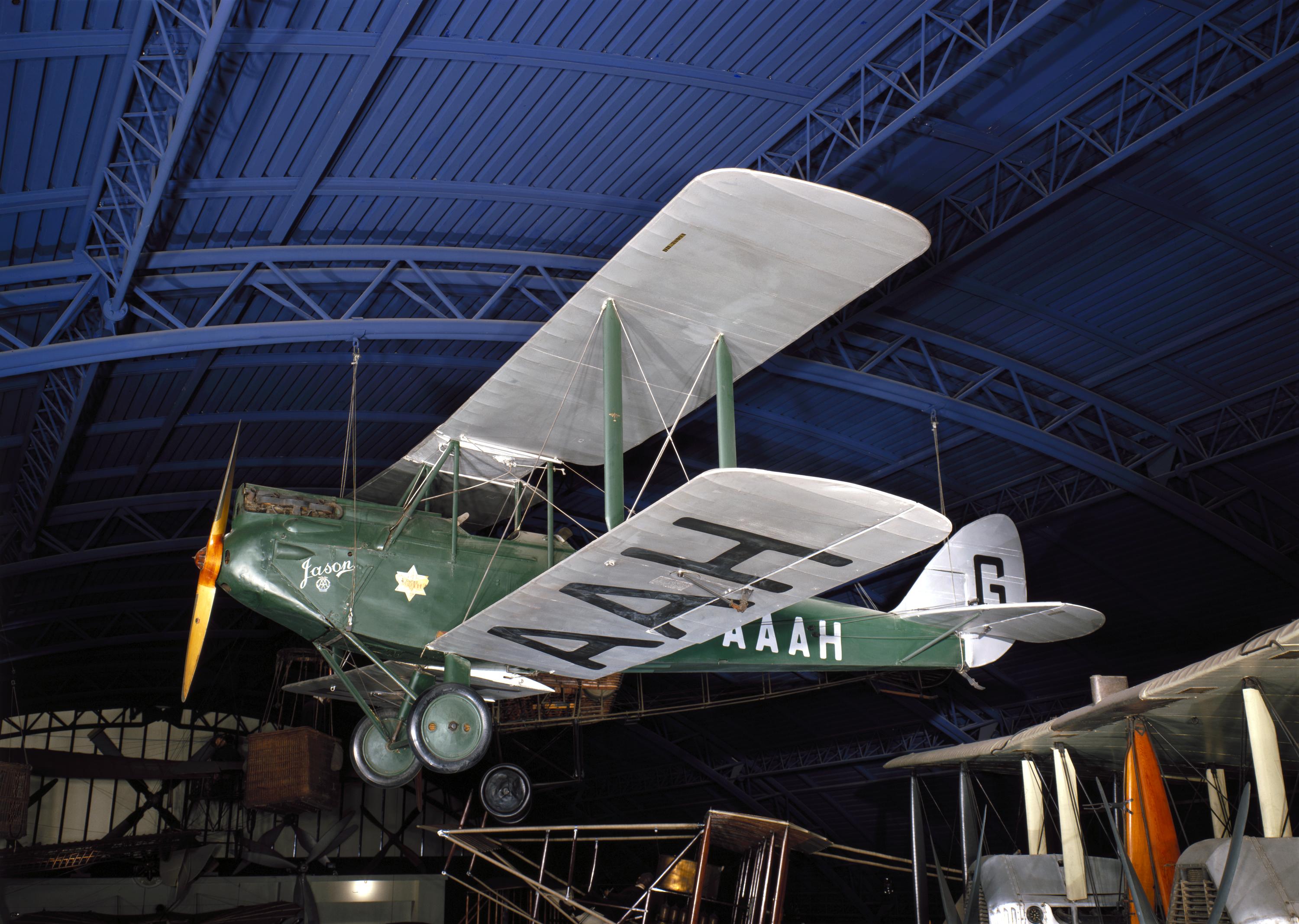
Amy Johnson was a pioneering pilot and engineer. In 1930 she became the first woman to make a solo flight from Britain to Australia in this plane, which she named “Jason”. Johnson’s engineering expertise was vital in helping her to maintain and repair “Jason” on the 19-and-a-half-day journey to Port Darwin.
She continued to break records throughout her lifetime, including becoming the first person to fly from London to Moscow in one day, with her co-pilot Jack Humphreys.
Exit Flight the way you came, using the lift or stairs to travel down to Level 0 and turn right into the Tomorrow’s World gallery.
Stop 8: Soyuz TMA-19M descent module – Exploring Space, Level 0
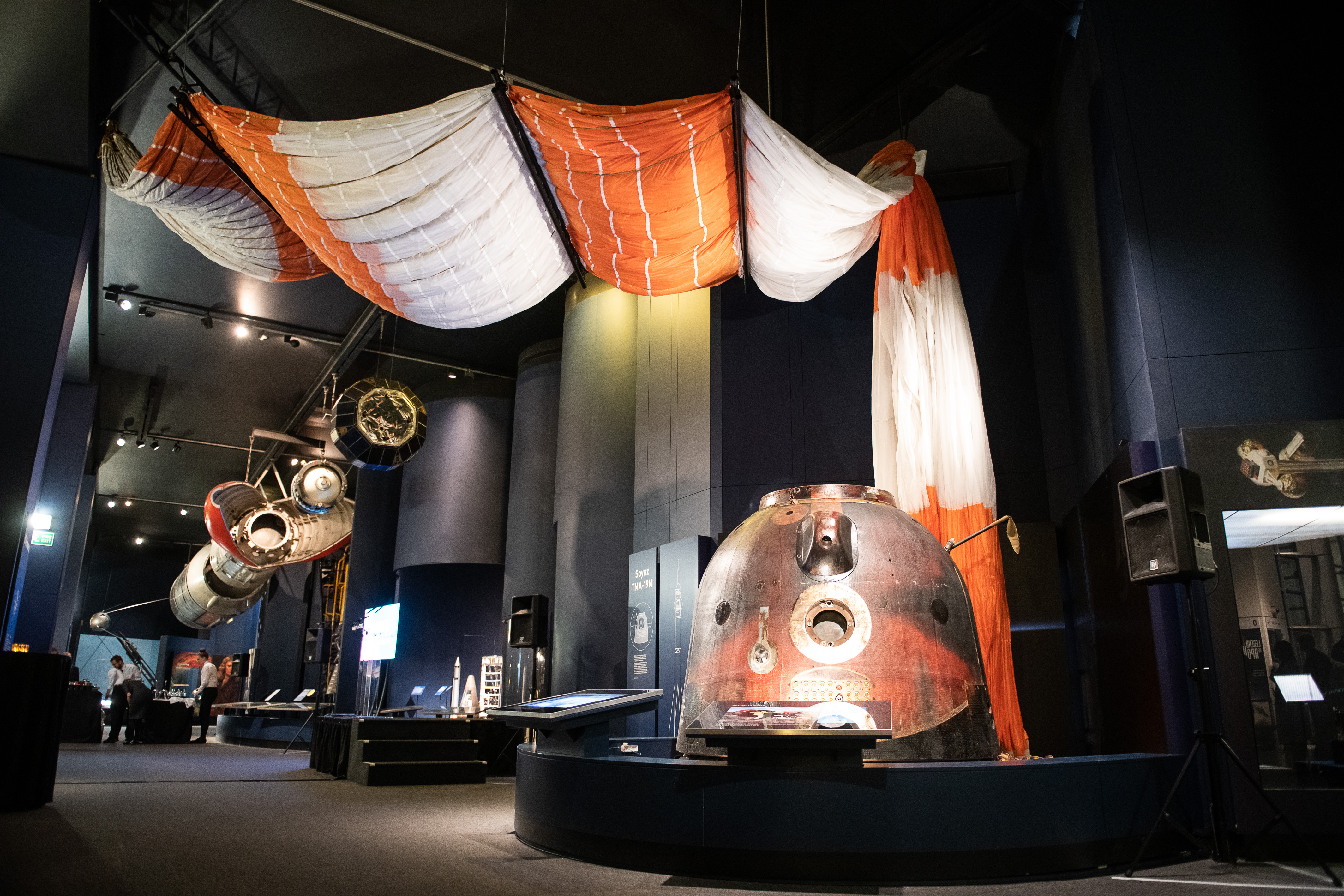
For the final object head towards the front of the museum, and stop in the Exploring Space gallery where you will find Tim Peake’s Soyuz module on your right.
Astronaut Tim Peake travelled to the International Space Station and back to Earth in this Soyuz module. If you look closely you can see the burn marks from where it re-entered the atmosphere while travelling at 17,000 miles per hour and surviving temperatures of more than 1500°C.
As Peake says, “You do become very attached to your spacecraft because it definitely does save your life”.
Extra stops:
Extend your tour by visiting Wonderlab.
Revealing the beauty of the science and maths that shape our everyday lives, this unmissable experience will ignite your curiosity, fuel your imagination and inspire you to see the world around you in new and exciting ways.
Where to eat:
On Level 0 you will find the Energy Cafe if you fancy treating yourself to lunch, or with one of our homemade cakes and an award-winning coffee.
At home:
Have you ever been curious about AR technology? Continue the fun at home with the My Robot Mission AR app, created in partnership with 42 Kids. Create your own robot and help it overcome future world problems using the latest augmented reality technology to help you think like a scientist. You can download the game for free from the App Store or Google Play to play at home now.
